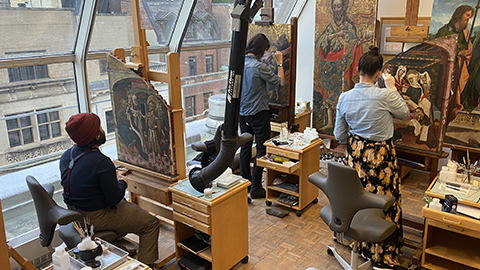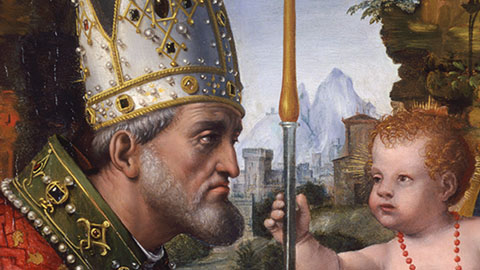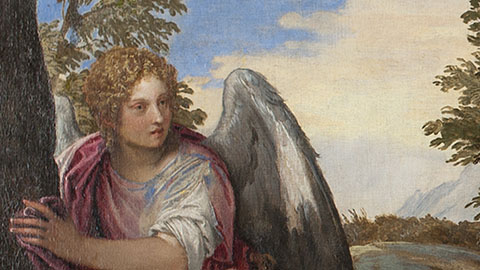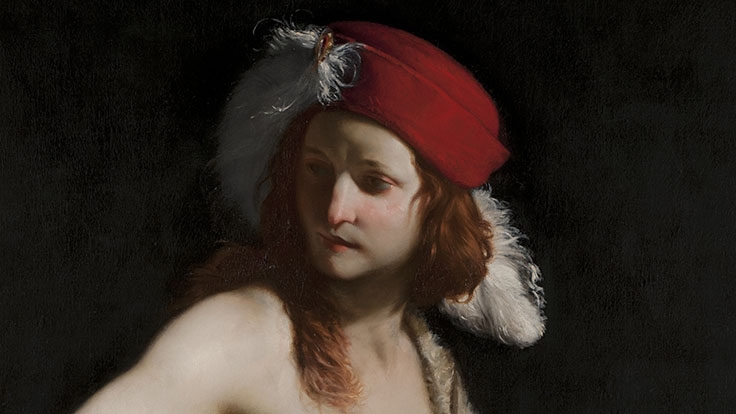Elise Effman Clifford | 2020 | Never Assume
Never Assume: Stories of Artistic Idiosyncrasies and Scholarly Biases
At a symposium on Authenticity in Art History at the Metropolitan Museum of Art in 1994, the art historian Charles Rhyne stated that since “everything is an authentic something, our question should be not "Is it authentic?" but "What is it?" This question implies an approach toward questions of authenticity and attribution that is open and objective. However, the ambiguities inherent in questioned paintings and other artworks often result in certain patterns in research borne from our unconscious biases. We desire resolving the unknown to arrive at a state of cognitive ease and, in doing so, often unknowingly take short-cuts in our reasoning to come to decisions based on information that in hindsight may be inaccurate, incomplete, or irrelevant.
The talk will focus on three paintings, once attributed to Canaletto, John Constable, and Amedeo Modigliani, which although dissimilar in their visual attributes, share many common threads in their stories. In each case, ambiguities in provenance and idiosyncrasies in artistic technique raised questions about authenticity. The technical study of each painting to answer the question “What is it?” will be discussed and the impact our cognitive biases have on our perception will be considered.
Elise Effmann Clifford is the Head of Paintings Conservation at the Fine Arts Museums of San Francisco where she has been since 2007. Prior to working at the Museums, she was the Assistant Conservator of Paintings at the Kimbell Art Museum in Fort Worth, Texas, and an Andrew W. Mellon Fellow in Paintings Conservation at the Philadelphia Museum of Art. She received her M.A. in Art History and Diploma in Conservation from the Institute of Fine Arts, New York University in 2000, after completing her final year internship at the Metropolitan Museum of Art. Elise has published on such diverse topics as the historical views of Jan van Eyck’s painting medium, the rediscovery of a painting by Thomas Cole, the materials and techniques of the 17th-century French artists the Le Nain Brothers, and misconceptions about the painting medium of the Pre-Raphaelite painter John Roddam Spencer Stanhope.






